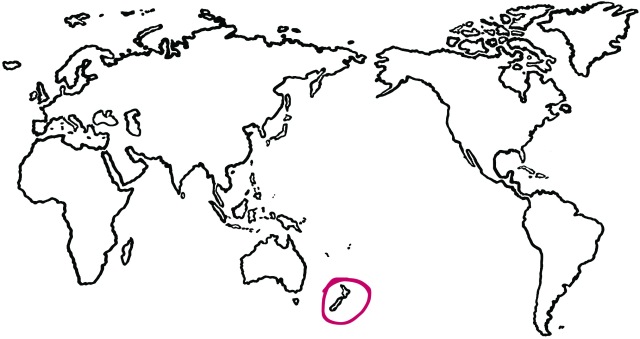Last week, I posted part one in this series about hiking in New Zealand. In it, I wrote about how to prepare for various hikes and what the climate is like in different parts of New Zealand. I also wrote about various hikes across the northern part of New Zealand’s North Island. Its a lot to write about, though, because I wanted to give as much information as possible without being too wordy. Additionally, there are so many good hikes in NZ, so I decided to break it into several parts. Here is part two, which focuses on hiking in New Zealand’s North Island.
As mentioned last week, the climate across New Zealand is highly varied. Hikes go from almost tropical forest to sub-Antarctic forests within the 3000km of island. The landscape ranges from gently rolling hills to towering mountain ranges. Many hikes have a wide variety of climbs, so it’s well worth knowing your limits and how much you want to push yourself.
Read on for more details…

From the sub-tropical regions of the Coromandel and the Far North, the North Island plateaus out across the central north, going from the mountains of Tongariro and Ruapehu across to the hilly Napier and Gisborne region before rising again at the Rimutaka mountain range north of Wellington. Last week, I mentioned both Tongariro and Taranaki. This week, we start on the opposite side of New Zealand’s North Island, in the Bay of Plenty.
Bay of Plenty trails…

Kaimai Mamaku Forest Park walks
 {image from Ariel Ophelia/Flickr}
{image from Ariel Ophelia/Flickr}
There are a lot of great hikes in this park, ranging from day-long tracks to 5-7 tramps through unformed bush. The park extends for almost a hundred kms from north of Rotorua to south of Tauranga, and offers a variety of relatively flat hikes through the Karangahake gorge to continual uphill hikes on Mount Te Aroha. The area is rich in mining and kauri logging history, so expect to see remnants of another era. For more details, check out the DoC page. (Side note: if you are a cyclist, you can cycle the Hauraki Rail Trail.)
East Coast trails…

Te Urewera
 {image from New Zealand DoC/flickr}
{image from New Zealand DoC/flickr}
Several hikes are possible in the Te Urewera area, from short loops around various lakes to a climb to the top of the Panekire Bluffs at Lake Waikaremoana (itself a lake loop trail that’s considered a Great Walk (and therefore talked about later in this series ;).)) There are also hikes of various lengths in the Whakatane River and Waimana Valley areas. Te Urewera is a spiritual place in Tuhoe Maori culture and is considered a legal entity (akin to a person) under New Zealand law.
Hawke’s Bay/Central North Island trails…

Ruahine Forest Park
 {image from Malcolm Peasey/Flickr}
{image from Malcolm Peasey/Flickr}
There is a decent selection of hikes in the Ruahine Forest Park region just outside of Napier/Hastings. These hikes range from short five hours hikes to overnight hikes to the huts located on the mountains.
Bridge to Nowhere
 {image from New Zealand DoC/flickr}
{image from New Zealand DoC/flickr}
The Bridge to Nowhere spans the Mangapurua Stream at the Wanganui River – pretty much in the central North Island and sadly didn’t really fit into any of my categories! An engineering marvel, the bridge was built to supply farms in the 1930s… however the land proved too unsuitable for farming. The the venture failed and the farmland reverted to native bush. The 130ft long bridge has no roads (they were to be connected later) is deep in the Wanganui National Park and hikes are around 1.5 hours.
Wellington area trails…

Outer Green Belt

So, walking in Wellington is pretty sparse. Probably the best walk in the area is the outer green belt walk, that goes from Mt. Kaukau to the Red Rocks Reserve on the south coast. You can jump in to the hike at any point – a popular one is from the Brooklyn Wind Turbine in the southern suburbs – and walk along the ridge line to the marine reserve to search for fur seals.
Papatahi Crossing

A very advanced hike, this 12 hour hike crosses the Rimutaka Range from Orongorongo to the Wairarapa side via Papatahi. Nearby there are also Mount Matthews, the tallest mountain in the range and the nearest to Wellington, and Mt McKerrow, which overlooks the Hutt Valley.
There are obviously other hikes in all of these regions; these are just some of the longer hikes to tackle. The DoC website can break down all tramps by region, duration, or difficulty. Next week, we jump to the South Island and some hikes in the Marlborough and Nelson regions.
What are some of your favourite hikes in New Zealand? Comment below and your hikes might make my Favourites post at the end of this series!
Like this post? Pin it!


4 thoughts on “new zealand: a hiker’s paradise, part two”
Comments are closed.